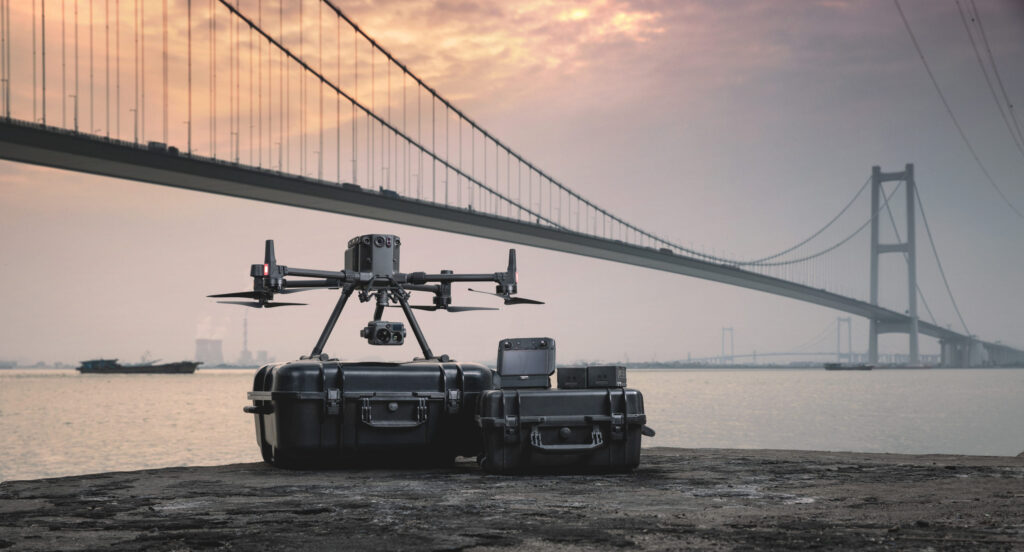Hi, don’t let vague marketing terms like “waterproof” and “weatherproof” scare you. Instead, look at more reliable guarantees such as IP ratings.
What is IP Reputation?
The IP rating concept was developed by the International Electrotechnical Commission. IP is an abbreviation for Ingress Protection or International Protection. It is a laboratory-certified industrial standard for the enclosure of electronic equipment (or drones in this context) or electrical equipment. This helps you understand how well your drone is protected against ingress of solid objects, dust, water, or accidental contact (including body parts).
Components of an IP Rating
The IP rating consists of “IP” followed by two digits and an optional letter. Let’s take a closer look at IP Ratings.
- The first number after “IP” (a number between 0 and 6) indicates the level of protection the drone has against solid object intrusion.
- The second digit after “IP” (a number between 0 and 9) indicates the drone’s level of protection against liquid ingress.
- A rating with an ‘X’ instead of a number in the code indicates that the drone is only certified for protection against solids or liquids, not both.

Industry Leading Drone and Payload IP Ratings
Now that we know how to categorize IP ratings, let’s take a look at the major market players in the industry – drones and payloads – when it comes to intrusion protection ratings.
DJI M300 RTK – IP45
DJI M30 Series – IP55
DJI Zenmuse L1 – IP54
DJI Zenmuse P1 – IP4X
DJI Zenmuse H20N – IP44
DJI Zenmuse H20T – IP44
The IP rating should be taken seriously in purchasing/mission decisions as it ensures the drone is weather proof. An IP rating is a true guarantee, especially when conducting drone missions in rain or other unprecedented adverse weather conditions. I hope it was a short and insightful read, and I hope you weren’t confused by the drone’s IP rating.
